Baobabs are stunning and beautiful trees. When you see one, you can’t be indifferent. Along the different routes in Africa, apart from the fauna, these magnificent curious and mystical trees stand out in the land where they live.
Baobab is the common name for Adansonia, a genus in the Malvaceae family. The name baobab has its origin in the Arabic language ﺑﻬﺒﺐ (buhibab), father of many seeds. It is also called: “magic tree”, “pharmacy tree” and “tree of life”. It is a symbol of resilience, tolerance, community life and longevity.
It has eight species, six of which grow on the island of Madagascar. The other two are Adansonia Digitata, which grows in mainland Africa, and the lesser-known and smaller, Adansonia Gibbosa, which grows in Australia.
The African baobab is a large, bottle-shaped, knotted tree. It is a tall tree which can reach 30 meters in height and the diameter of the canopy at 11 meters. So we’re talking about an imposing tree, which when you first see it, with its sturdy trunk and branches, one comes out of your mouth: uff! of surprise. They can live between 800 and 1.000 years, although there are specimens that have reached 5.000 years. Thanks to their fibrous tissues that absorb rainwater, they can withstand great droughts. A tree can store more than 120.000 liters.
Its bark is smooth and the wood fibrous, where it stores water. It only has leaves in the rainy season. Its flowers are hermaphroditic, about 10 cm, with white petals. They bear fruit at the end of the dry season or at the beginning of the rainy season. The fruit is a dried berry or an elongated melon-shaped capsule. They have many seeds, large and kidney-shaped, that live more than five years.
Baobabs are considered sacred and respected elements by all African peoples, where only the guru or sage of the people can climb to the tree to gather the fruits and leaves. For centuries, the shadow of the baobab has served to join the whole people together. Communities gather around them to decide important things about the village. All the religions that have been in contact with this tree over the years have used it for its sacred rituals: Muslims make containers to break the fast, Christians make bowls with their wood for baptisms, the Bushmen believe that in the flowers of the baobab inhabit spirits …. Many African peoples make offerings to their baobab to ask for good harvests, good luck and fertility.
In African food, baobab pulp is used for refreshing and energetic sauces and drinks. It has properties to solve intestinal disorders, as a substitute for breast milk, antimalarial, restorative… Also it is used as a “candy” or to curdle milk.
The leaves and seeds, which are rich in vitamin C and calcium, are used to bind couscous, or to replace coffee. Lately, baobab has been considered a superfood for its many health benefits: antioxidant, reduces fatigue, strengthens the immune system, improves iron absorption, contains a lot of fiber and regulates the digestive system, anti-inflammatory, etc.
The baobab is also colloquially known as the “upside down tree”. According to an Arab legend, this tree was one of the most presumptuous in the forest. So that they would not stop admiring him, they kept growing and growing and their branches protruding above the rest of the trees. They say, then, that the gods, as a cure for humility, decided to turn the tree upside down. Others say it was the devil who reversed the tree and planted it upside down, leaving the roots in the air. Therefore, when we look at it, it may look like a tree growing upside down.
In recent times, some of the oldest baobabs that exist in Africa have been dying. For some scientists, climate change may be one of the causes behind these deaths. In addition, in recent years the fruit of the baobab has been gaining fame, causing some of these trees to be eradicated in an unusual way.
The baobab is the quintessential tree in Africa. In Senegal and Madagascar, it is considered the national tree of the country. In Senegal, his figure appears in the stamping of passports. In Zimbabwe, its silhouette comes out in the country’s currency. There is an African legend which say that one who has slept in the shade of a baobab will one day return to Africa. Therefore, we recommend that during your trip you stop at a baobab, rest, enjoy its majesty and breathe. In this way, you will soon be able to enjoy the African continent and the magic of the baobabs again.


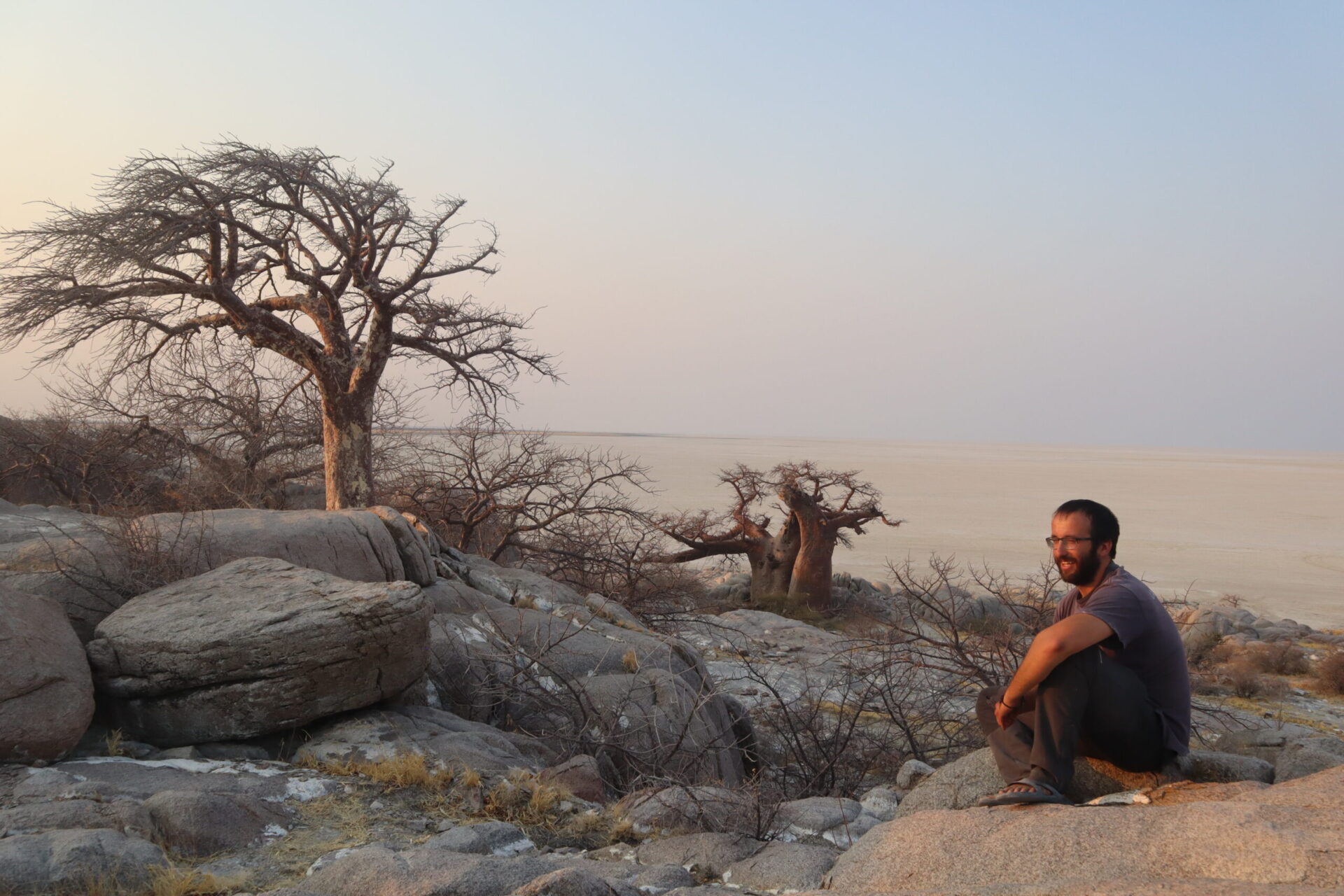
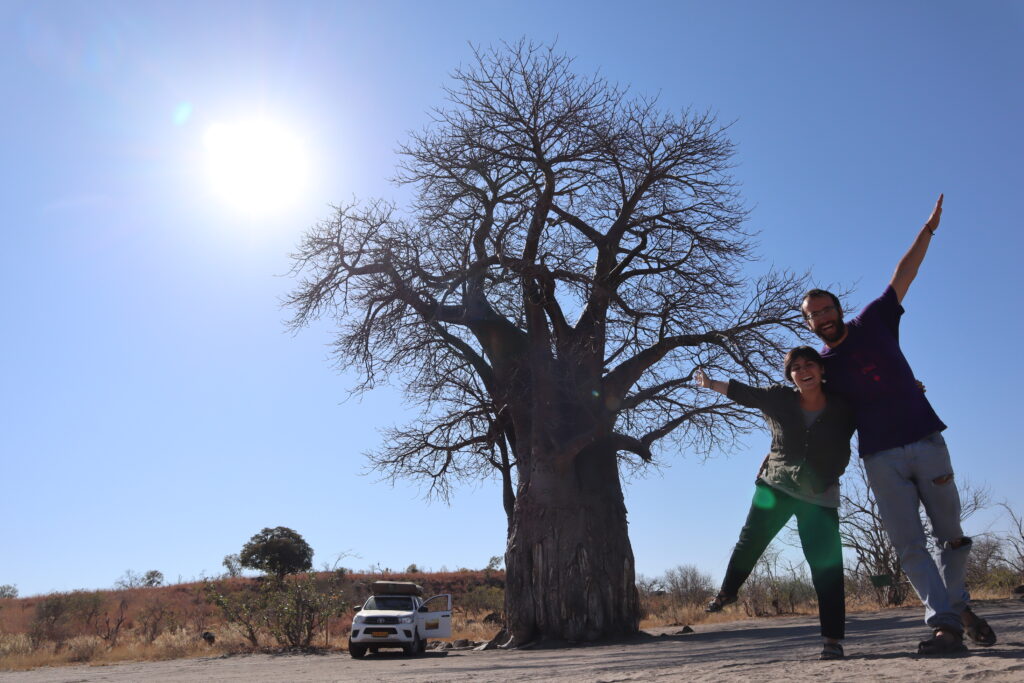


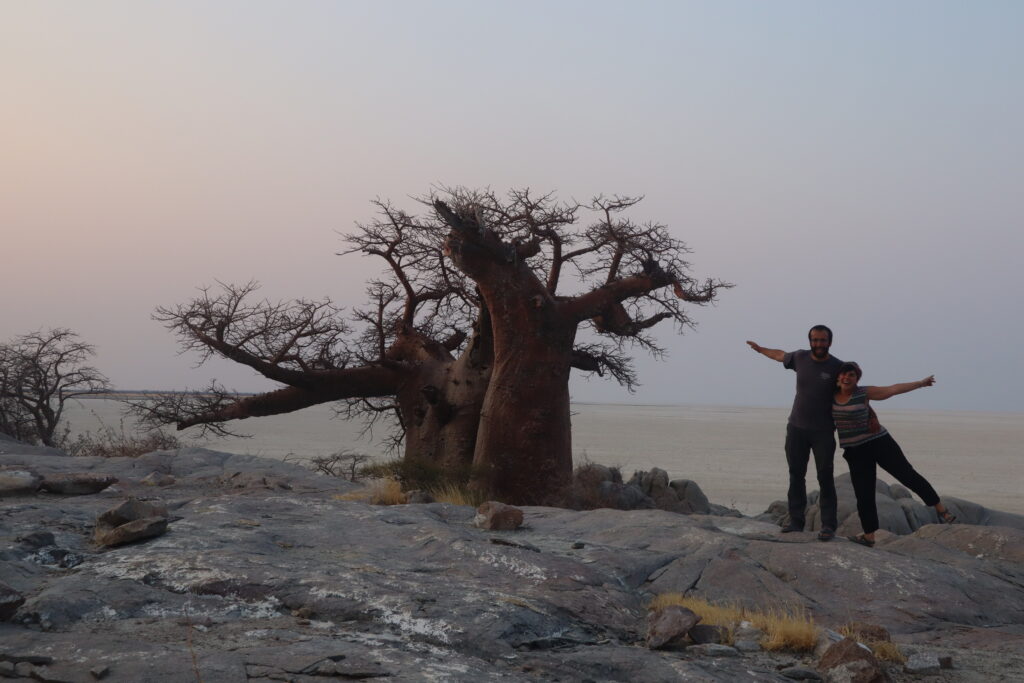
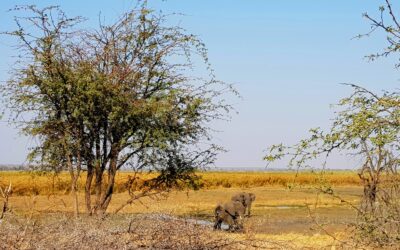


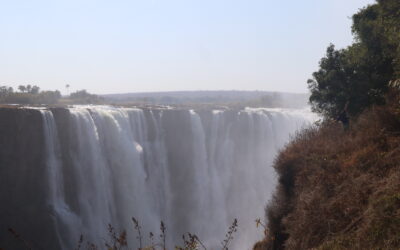
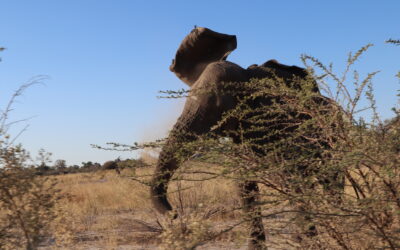

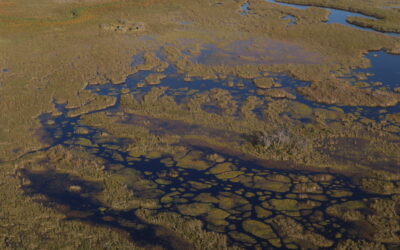
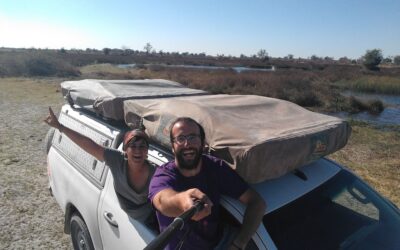


0 Comments